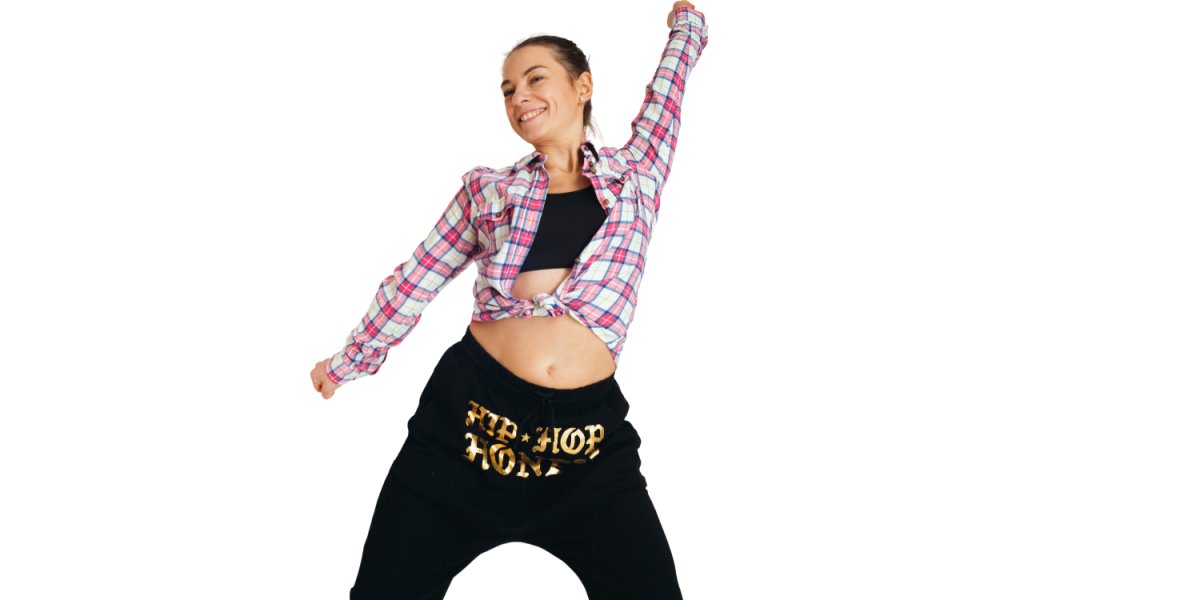

Hip-hop — they were the first words on the genre’s first big hit, the Sugarhill Gang’s 1979 song, “Rapper’s Delight.” But at the time no one—not even the young kids who had invented the music, the dances, the rhymes, and the visual art of this burgeoning movement emerging from the Bronx—was calling it that. Hip-hop wasn’t hip-hop yet.
That moment would come in September 1982, when a downtown reporter named Steven Hager published a longform piece in the Village Voice. Hager was the one of the first white downtown reporters to cross the Harlem River to see how a bunch of forgotten Black and brown youths were passing their time. Through dogged, sensitive reporting that still represents the gold standard in cultural writing, he brought back an amazing story—in the shadow of the world’s media central, in a borough abandoned as a necropolis, a vibrant youth movement had displaced gang violence with music, dance, art, language and style.
“Who knows?” Hager wrote. “In another five years, hip-hop could be considered the most significant artistic achievement of the decade.”

The story was called “Afrika Bambaataa’s Hip-Hop” and the heroic protagonist was a young former Black Spades gang warlord with an awesome ‘frohawk and a face like a featureless stone. He was the leader of a loose-knit mostly teenaged crew known as the Zulu Nation, a group of former and current troublemakers who had created their own weird arts — music they played with turntables, dances they called breaking, art they made with spray cans and markers, and entertainment they made of stories and rhymes.
As the Reagan years with their resegregation and revanchist nostalgia drew on, Bambaataa appeared to his growing group of supporters in the downtown white intelligentsia as something of a homegrown musical Mandela, a prophet of reconciliation and peace, someone able to practically stop bullets with a record. When they asked him if there was a name for all the things that they were seeing his acolytes do, Bambaataa told them, “Hip-hop.” He began talking about the movement’s “four elements”—DJing, rapping, breaking, and graffiti writing. (He later added a fifth, knowledge.)
Charlie Ahearn, the filmmaker who had by this time had shot his classic movie Wild Style representing all the elements, figured that Bambaataa might have been improvising. “Hip-hop began with the four elements? It’s like, right. That wasn’t my experience,” Ahearn recalled. “It took a while for it to start to become an organized, central thing.”
In fact, what the kids were now calling hip-hop could be traced back nearly a decade before to a back-to-school party on August 11, 1973 (that Steven Hager was also the first to write about) thrown by Cindy Campbell and her brother, Clive “DJ Kool Herc.”
Bambaataa and Grandmaster Flash credit Herc and his parties with being pivotal in transforming the youth scene from gang-centric to party-centric.
By the beginning of 1983 the scene that Herc created had scaled to Bambaataa’s ambitious prophecy—a movement with a name, a past, and a future. Just as Chuck Berry, Little Richard, and Fats Domino had been pioneers of rock-n-roll even though the music wasn’t called that when they first made it, Herc, Bam, and Flash were now pioneers of hip-hop. It would then be a matter of weeks, not decades, for hip-hop to begin its global takeover.
But if this story tells us why the term “hip-hop” spread, it still doesn’t tell us where it came from.
Certainly the word “hop” had long been linked to Black urbanity, creativity, and modernity—at least since the late 1920s when dancers like “Shorty” George Snowden, Herbert “Whitey” White, Norma Miller, and Edith Matthews had popularized the spectacular and often physically demanding Lindy Hop in Harlem.
A generation of young whites was initiated in 1958, when American Bandstand host Dick Clark made a hit of a white Philly doo-wop group Danny and the Juniors’ “At The Hop.” Clark had asked the group to change the song’s name from “Do The Bop” because he wanted to promote his side-hustle of MCing high school “sock hops.” The change made all the difference. The focus shifted from the dance of the week to all the places the new dances were happening.
In African American youth culture the words “hip” and “hop” together have a long history. Father Amde Hamilton of the influential rap precursors the Watts Prophets once told me that, when he was growing up along Central Avenue in 1950s Los Angeles, the older folks used to call teen house parties “them old hippity hops.” The late Chuck Brown, godfather of D.C.’s go-go scene, said that the weekend youth dances they played at the area churches were sometimes called “hip-hops,” before the term “go-gos” stuck.
As for “hip,” the scholar Clarence Major has linked the word to the Wolof verb hepi (“to see”). “So from the linguistic start,” John Leland wrote in Hip: A History, “hip is a term of enlightenment, cultivated by slaves from the West African nations of Senegal and Gambia.” Hip-hops, we might imagine, could literally be places of vision, and where the masses could feel free to move.
In old school legend the origin of “hip-hop” goes back to the days when rapping was really about MCing, the lost art of moving the crowd. In the days before “Rapper’s Delight,” the primary job of an MC was to keep the crowd engaged, whether through his call-and-response chants or unique rhymes by which they might remember him.

The story involves two of the most important party-rockers of all time: Grandmaster Flash and the Furious Five’s Keith Cowboy and the rapping DJ Lovebug Starski. As it’s been told, a good friend of Cowboy and Starski named Billy was about to ship out to join the army. So at Billy’s last party, Cowboy reminded him that his days of freedom were over by marching across the stage like a drill sergeant on the beat, chanting, “Hip-hop-hip-hop-hip-hop.” The crowd loved it.
By the end of the evening, high on pot and Olde English, Cowboy and Starski were still backstage, playing with the two words. Starski told the journalist Peter Scholtes, “I’d say the ‘hip,’ he’d say the ‘hop.’ And then he stopped doing it, and I kept doing it.”
Soon Starski had a new line to try out at parties: “Hip, hop, hippy to the hippy hop-bop.” Cowboy did, too: “I said a hip-hop, a hibbit, hibby-dibby, hip-hip-hop and you don’t stop.” Such lines were part of the rap canon by the time Wonder Mike stepped to the mic to record the intro to “Rapper’s Delight.” (The Sugarhill Gang were the creation of the record label owner Sylvia Robinson, who had tried and failed to sign Lovebug Starski, and would go on to sign Flash and the Five.)

In November 2012, during a lecture at Cornell University, Afrika Bambaataa was asked how, of all the words he could have chosen to describe the youth movement that he, Herc, and Flash had helped to create, he had come to settle on “hip-hop.”
“Well, I chose the name ‘hip-hop’ because of the clichés brothers was using in their rhymes—Love Bug Starski and Keith Cowboy from Grandmaster Flash and the Furious Five,” he said. “And I liked the sound of what they were saying. And when the media come to speak to me—cause we could have called it ‘the go-off,’ ‘the boyoyoing,’ the ‘scat rap’ and all that type—but I liked that sound.”
“I said, ‘This is hip and when you feel that music you gotta hop to it, so that’s when we called it ‘hip-hop.’”
Bambaataa, typically, chose not to dwell on the present or the past, but on what sounded right. And maybe that’s why, forty-plus years later, hip-hop can still sound like the future.
With thanks to Dan Charnas and Mark Skillz.
Illustration by Sean Clauretie
Jeff Chang’s new book,
Who We Be: The Colorization of America,
is out on October 21st. whowebe.net
Follow Jeff Chang on Twitter @zentronix.
Don’t miss a beat! Follow Cuepoint: Twitter | Facebook








